Port Lympne Wild Animal Park was set up as a private zoo in 1973 by John Aspinall to provide more room for his animals in his first zoo near Canterbury. Aspinall was a gambler who held both eccentric and extremely right-wing views, and ran unsuccessfully for parliament in 1997. He had a passion for wild animals, especially gorillas and tigers. The animal collection on the Howlett estate near Canterbury was opened to the public in 1975. The estate at Port Lympne near Hythe, Kent was purchased in 1973, and opened to the public as Port Lympne Zoo in 1976. The zoological garden and safari park is set in a 600 acres landscape, including the Port Lympne mansion and its 15 acre landscaped gardens.
Both zoos Aspinall founded are known for being unorthodox, on account of the encouragement of close personal relationships between staff and animals, for their breeding of rare and endangered species and for the number of keepers who have been killed by the animals they managed.
One of the unique features of Port Lympne Safari Park is its open-concept design. Visitors can drive through the park and see the animals roaming freely in their natural habitats. There are also walking trails and enclosures where visitors can get up close to the animals and learn about their behaviours and conservation efforts.
Since 1984 Howletts and Port Lympne Wild Animal Parks are managed by The Aspinall Foundation. A charity devoted to protecting rare and endangered animals and, where possible, returning them back to the wild. For instance the Foundation manages two gorilla rescue and rehabilitation projects in the central African countries of Gabon and Congo where they have been able to successfully reintroduce over 50 gorillas to the wild.
Together with Howletts wild animal park they own an extraordinary collection of big and small cats. In Lympne you can find: Barbary lion, Cheetah, Snow leopard, Bengal tiger, Sumatran tiger, Clouded leopard, Pallas cat, Ocelot, Fishing cat, Siberian lynx, Caracal, Rusty-spotted cat, Margay and Scottish wild cat. Along with Howletts they house 7 Fishing Cats and over 16 Ocelots. Ocelots bred at the parks have been sent to Mexico and in time their offspring should be eligible for introduction into wild habitat.
In addition to its wildlife, Port Lympne Safari Park is also home to several conservation projects. The park is actively involved in breeding programs for endangered species, including black rhinos and cheetahs. They also support several conservation initiatives, including anti-poaching efforts and habitat restoration projects. Next to this diversity cats Port Lympne Wild Animal Park is home to the largest breeding herd of black rhinos outside of Africa and the world’s the largest gorillarium, “The Palace of the Apes”.
Overall, Port Lympne Safari Park is a great destination for wildlife lovers and families looking for an exciting and educational day out. It offers a unique opportunity to see some of the world’s most exotic animals up close while supporting important conservation efforts.
Port Lympne also offers a safari experience. A safari vehicle takes visitors across the open plains with giraffe, black rhino, wildebeest, zebra, ostrich, antelope and other wildlife roaming free. It is even possible to stay overnight at a lodge in the park to complete the fake African safari adventure.

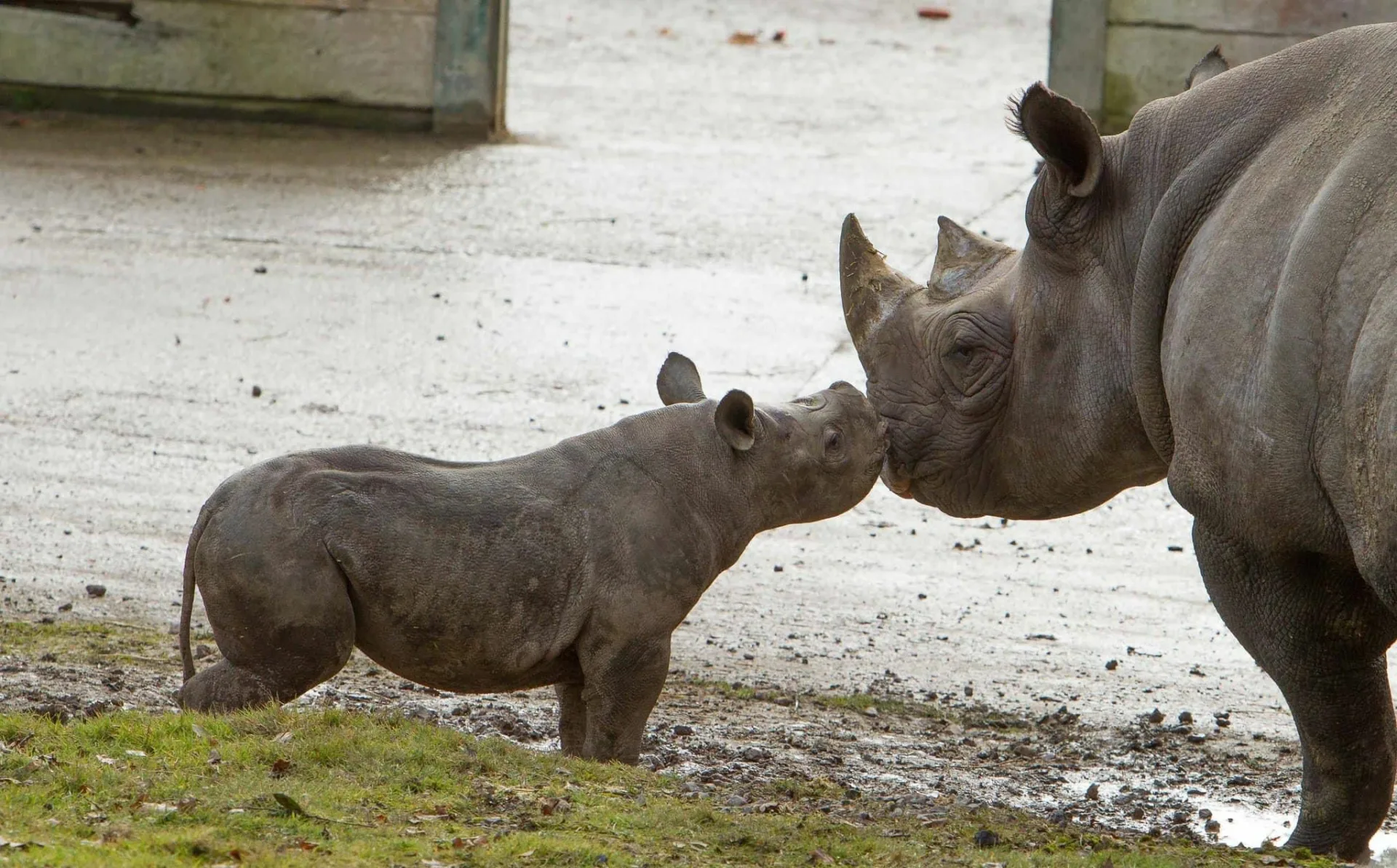


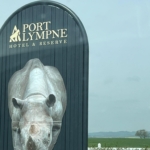
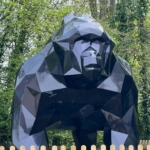
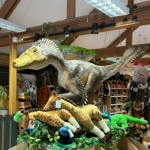

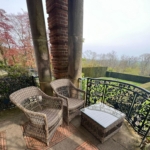
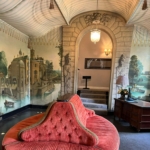


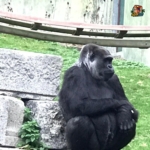
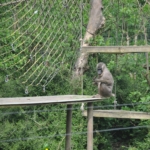
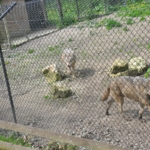
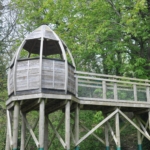
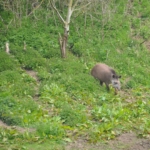
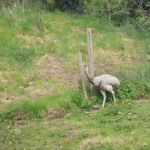
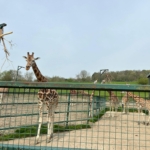
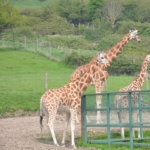
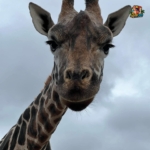
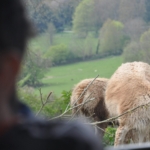
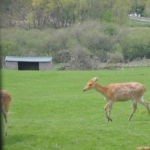
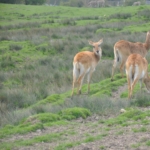
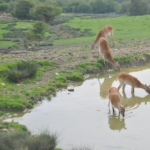
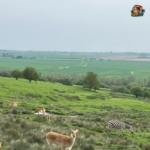
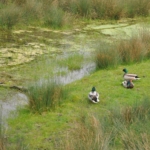
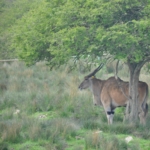
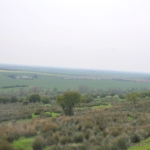
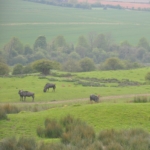
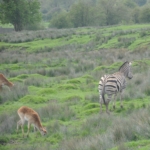
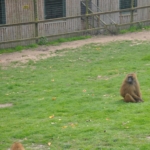
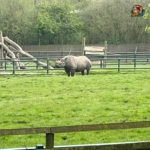
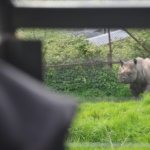
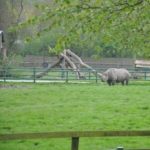

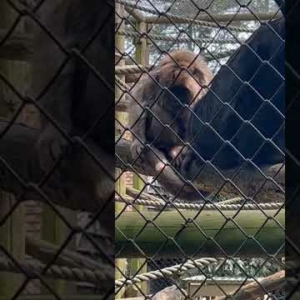
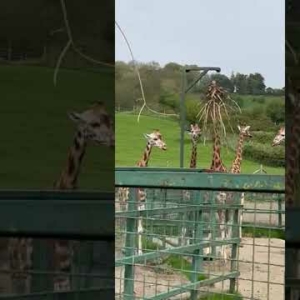
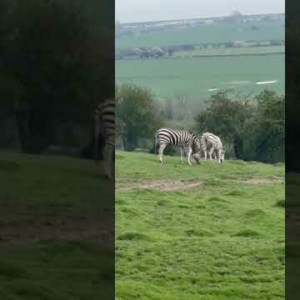
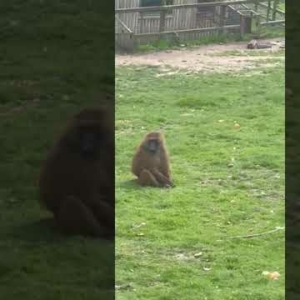
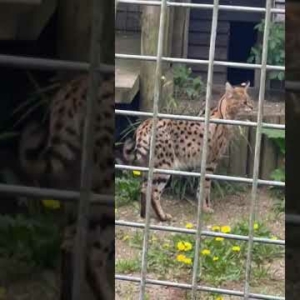
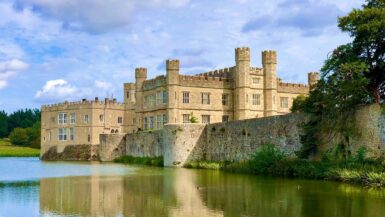
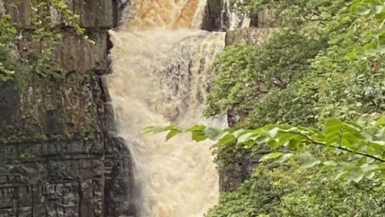
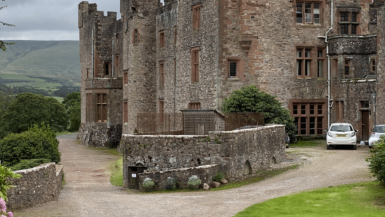
Leave a reply
You must be logged in to post a comment.